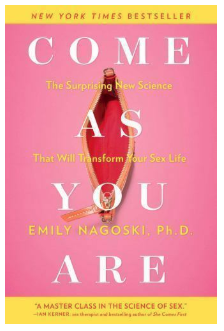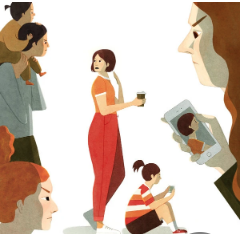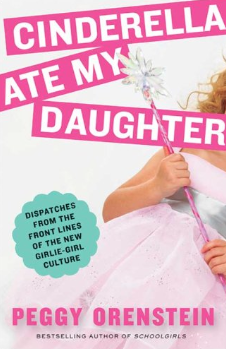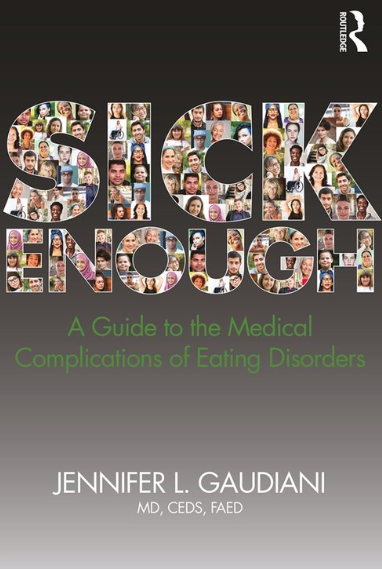If you’re still feeling a little bit of a drag from Daylight Savings, you are not alone! Amongst a myriad of mind boggling studies and stats, we learn from Walker that this little one hour adjustment leads to a substantial spike in cardiac arrests. That should give a little insight into just how precious and delicate our sleep truly is.
There are a lot of myths floating in our culture when it comes to sleep. Most prevalently is this idea that we can “catch up,” on sleep loss. Sadly, Walker illuminates the risks of inadequate sleep and the impossibility of making up for lost time. He explains the science behind memory formation and how the college students up late cramming or pulling all-nighters are getting a real diminished return on the precious investment they are making with their sleep loss. He explores not only our very real psychological and physical losses with inadequate sleep, but also the larger economic and social losses that come from a sea of sleep-deprived underperforming individuals. Whether you are a single adult, a parent, an employee or a an employer, Walker invites us all into the startling concerns about how our inadequate sleep is harming us and those around us.
Perhaps most frightening and most notable is the research Walker uses to show that when we are sleep deprived, we fail to witness our own impairment and therefore fail to create change when it is very much needed. He couples this with substantial research showing that only a very rare few of us can actually function properly on minimal sleep each night (odds are dramatically less than being struck by lightening, that you are indeed the lucky few).
As someone who works with exhausted adolescents, I feel one of my primary missions is encouraging good sleep habits. However, given the unique circadian rhythms of teens which differ from adults and the early waking times imposed by school systems, this feels like an uphill battle even when there is buy-in on an individual level. The very best of intentions to fill after school schedules, work hard, study late and wake early to be on time, are short changing our youth in ways they will not ever recover from fully. If that sounds extreme, it is meant to!
While sleep is crucial for daily functioning, it becomes even more imperative with trauma. When sleep is interrupted, the brain is not able to properly integrate traumatic experiences, a process that is already biologically complex under the best of circumstances. Prolonged sleep disturbance/inadequate sleep can compound traumatic responses. On the flip side, proper sleep can substantially accelerate the healing and integration process. As a therapist, I am familiar with the wide range of therapeutic approaches for treating trauma, but without a strong foundation of sleep, any technique will be deeply limited.
One of the most surprising and controversial chapters in the book is about the dangers of sleep medications and their surprisingly low effectiveness rates (equivalent to that of placebo pills). Walker builds up to this point after many chapters explaining the different phases of sleep and each of their unique contributions, not all of which are present with sleep induced by medications. In fact, he notes that some sleeping medications even work counterproductively to these stages of sleep, outright suppressing them. In our generally overworked and overtaxed culture, the allure of sleeping pills is profound and this might be deeply disappointing news for some. However, it’s not hopeless, if you are suffering with sleep issues, CBT-I (Cognitive Behavioral Therapy for Insomnia) has been proven extremely effective.
One more finding of the book that I found to be of interest was his exploration around the proliferation of ADHD diagnoses and the sleep issues faced by kids and teens these days. The symptoms for sleep deprivation look eerily similar to those of ADHD criteria. Unfortunately, the medications for ADHD are stimulants and amphetamines, the very last things to take with underlying sleep issues. If you are a parent with a child who you believe may meet criteria for ADHD, Walker encourages a thorough sleep assessment prior to any medication intervention.
Walker is somewhat of a sleep evangelist and there are a multitude of issues he believes will largely be dramatically improved with proper sleep. While some of his claims may seem extreme, I admit I am somewhat of a convert.










